By Abbey Thiel
One of my most rewarding college classes wasn’t a class at all.
It was an independent study where I collaborated with a local food pantry on just about any project where my knowledge of food science could help feed the community.
I taught them how to correctly store fresh produce to increase shelf life, how simple processing can keep food from spoiling quickly, and how to prevent cross contamination—among many other things.
It was my concern about local (and global) food and nutrition security that spurred my interest in this project. I figured as a food scientist, I had specialized knowledge that could help solve many food-related issues in a world where 821 million people are undernourished.
Yet, finding opportunities to use my skills was extremely difficult. No one seemed to consider that a food scientist could be helpful when it came to food aid.
So, when I saw the Institute of Food Technologists (IFT) was spearheading a new task force called “Food Science for Relief and Development”, or FSRD for short, it was like someone had read my mind. I immediately joined and was welcomed into a group of scientists who were interested in how food science can play a role in alleviating malnutrition and ensuring global food security.

What is FSRD?
Food Science for Relief and Development (FSRD) involves applying the study of food science and technology to enhance global food security, eliminate malnutrition, and grow sustainable economies in relief and development regions.
Historically, food-related aid has relied on multi-governmental organizations—like the United Nations through the World Food Programme and Food and Agriculture Organization—in addition to international development agencies and agriculture and health ministries. These organizations are now beginning to understand the significant role food science could play in solving these complex issues.
FSRD would also push food scientists to go beyond their traditional training, which is predominantly in highly developed countries. For FSRD to be successful, solutions must take into account cultural appropriateness, resources and technology that are available in these regions as well as economic feasibility.
And through this type of collaboration where a diverse array of stakeholders and experts are included—NGOs, local governments, and food scientists—we are seeing many promising results.
FSRD Success Stories
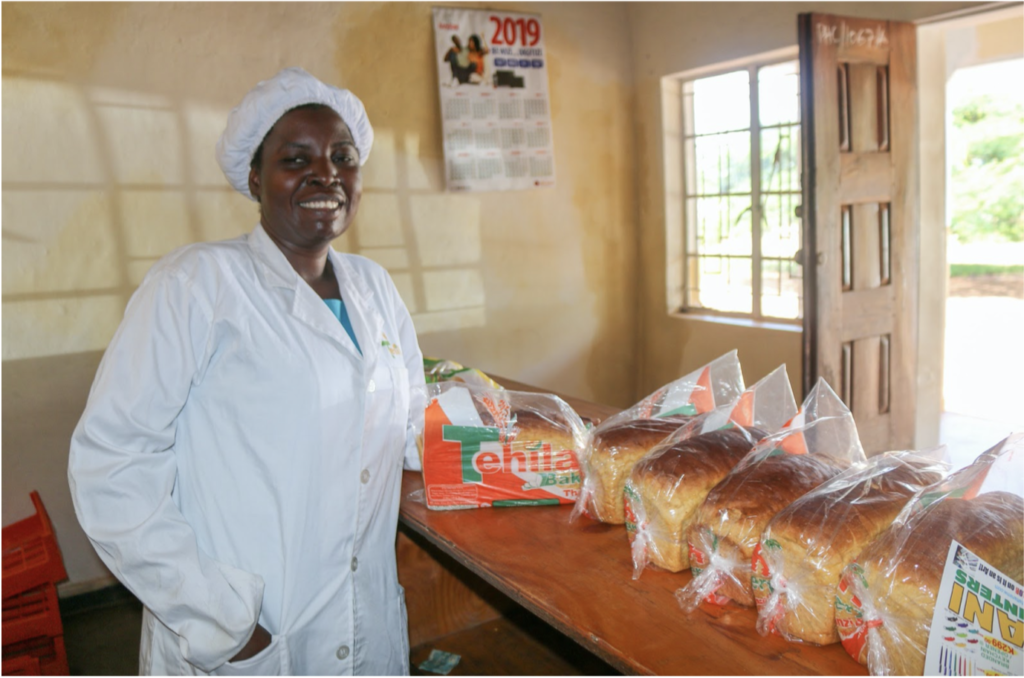
Jean Pankuku in her bakery shop in Malawi selling bread fortified with locally grown, biofortified orange-fleshed sweet potato. Photo credit: V. Atakos (CIP-SSA)
Although the area of FSRD is relatively new, there are already several examples of how food science can be used to combat hunger and nutrition insecurity.
Take Jean Pankuku for example, she owns a bakery in Malawi that incorporates the biofortified orange-fleshed sweet potato (OFSP) into her baked goods. Sounds straightforward enough, right?
Except it’s not that easy.
Although the OFSP can prevent blindness and decrease risk of infection due to its high levels of vitamin A, most consumers still preferred the starchier, white fleshed sweet potato (WFSP). In fact, the OFSP was considered by most to be “poor person” food.
But, with a little help from the International Potato Center, who had knowledge of food processing, preservation, and sensory science, an OFSP puree was developed that can be easily incorporated into any baked good without any detrimental changes. Talk about a win for food science!
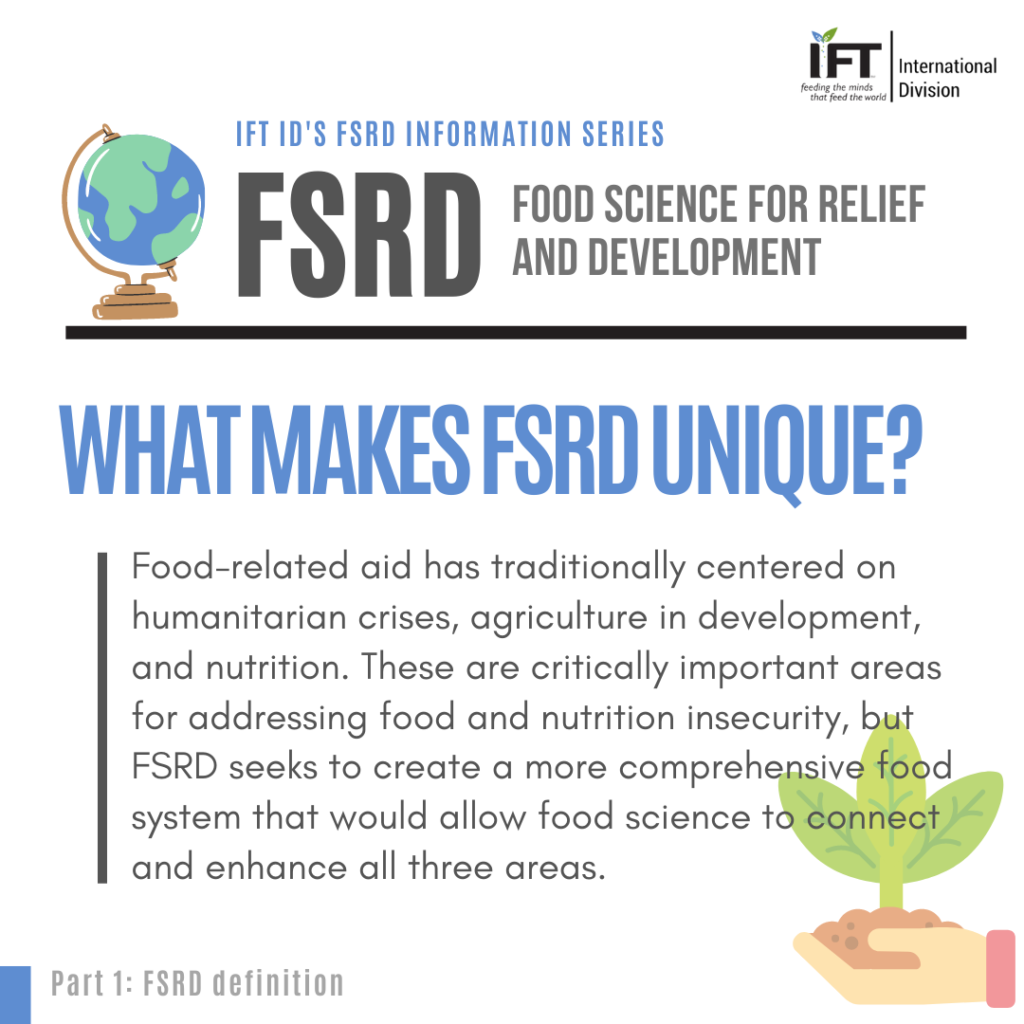
Another great collaboration—Yoba for Life: Probiotic Yogurt—shows how food science can help existing industries create value added products while simultaneously improving health.
The project started when two Dutch scientists realized that many African countries like Uganda, Tanzania, and Kenya have ample milk production, yet access to probiotics is rather limited.
The benefits of probiotic yogurt would be two-fold: it would help farmers produce a premium product that increases their income and also reduces the incidence of constipation, diarrhea, the common cold, and flu.
Working with Ugandan scientists, the group developed a probiotic specially made for African farmers to transform milk into probiotic yogurt.
The probiotic is a shelf-stable powder with a shelf life of six months that’s made with the specialized genetic variants Lactobacillus rhamnosus GG (LGG): Lactobacillus rhamnosus yoba 2012 and Streptococcus thermophilus C106.
The group also ensured that the production of the probiotic yogurt didn’t require any special technology or costly equipment, which allowed the project to be quickly adopted by 250+ small businesses with over half run by women.
And it’s through collaborations like this, where the full scope of the situation is evaluated including the needs and norms of the locals, viable technological options, and long-term sustainability, that projects can have a lasting impact.
Here’s more information on Jean Pankuku’s story and Yoba for Life.
How Can You Get Involved
If this work sounds intriguing to you, we’re always welcoming new volunteers to IFT International Division’s FSRD Program.
Depending on your interests, you might want to get involved with one of our three teams: the Case Study Team, the Communications Team, and the Organizations Liaison Team.
For more information or to get involved, visit the FSRD Reference Page.
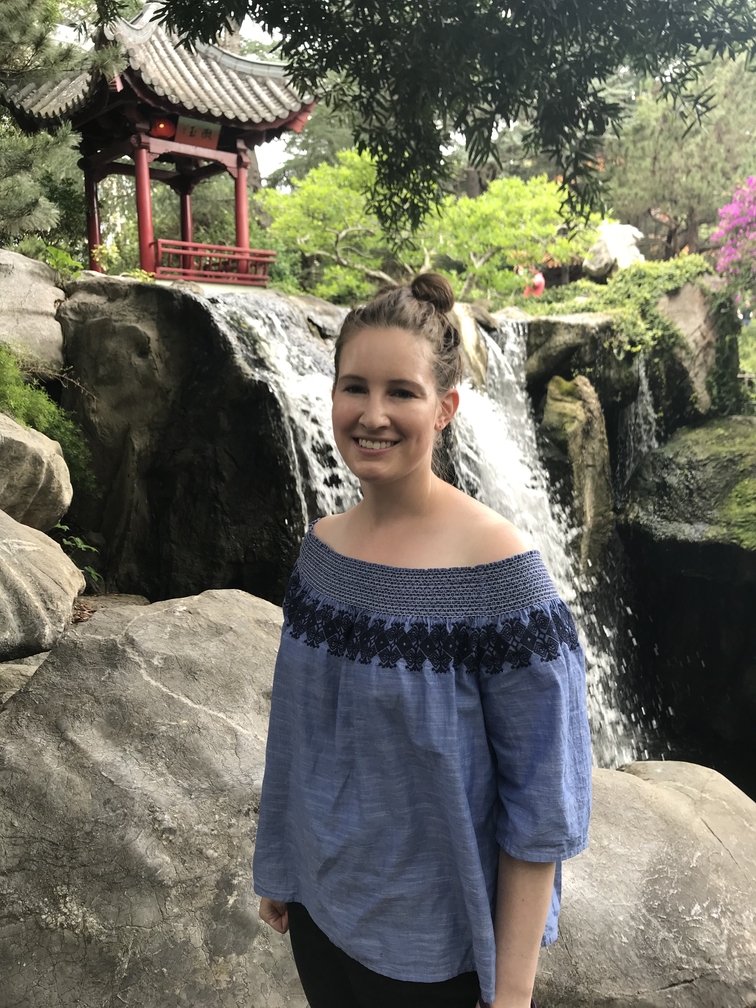
Abbey Thiel | Linkedin
SMF Blog Writer
Abbey discovered that food science was a real major while attending University of Wisconsin-Madison, and quickly transferred into the department. After graduating with a B.S. in food science, she decided to stay in Madison to pursue her PhD. Her research explores the fat network found within ice cream, and yes, there’s lots of ice cream parties! If not found sitting at a microscope for extended amounts of time, Abbey enjoys the great Midwestern sport of log rolling (Google it) and laughing really loud. She is also very busy passing on her passion for food science to her two-year-old niece, whose favorite color is bacon and has hopes of growing up to be soup.
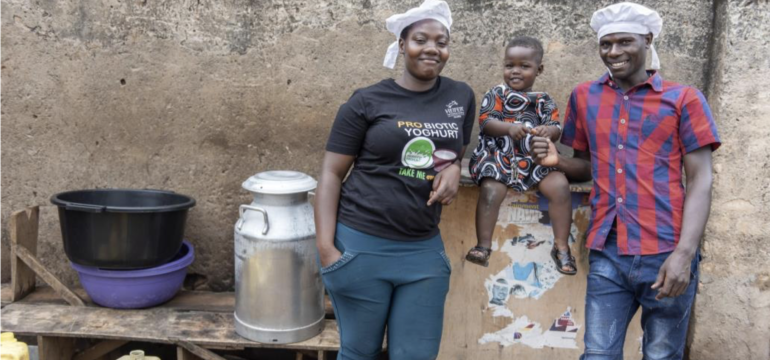

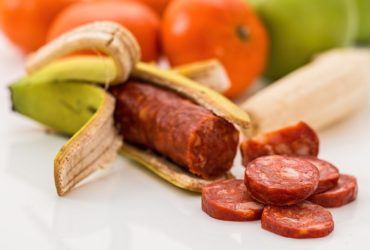



Leave a Reply